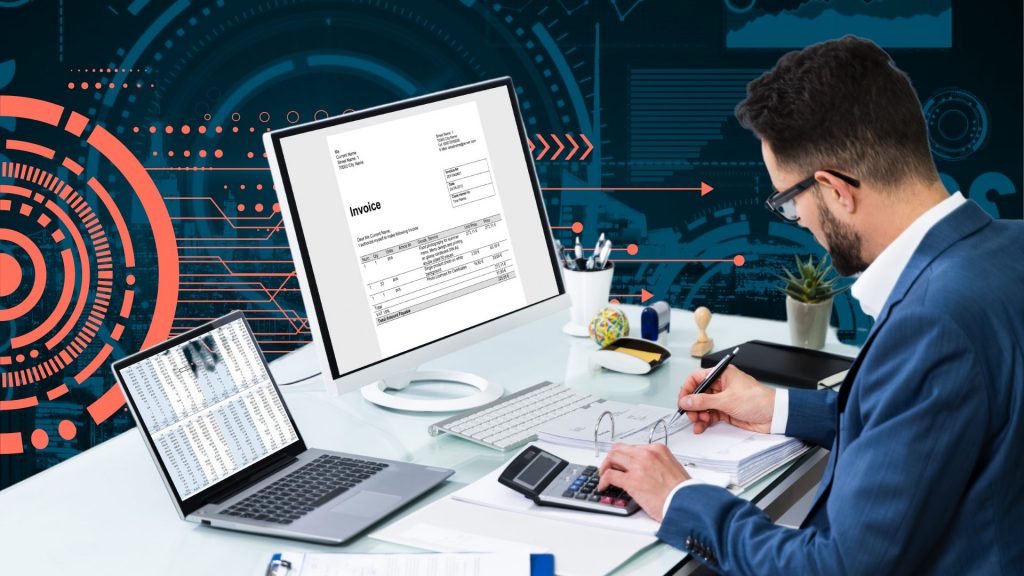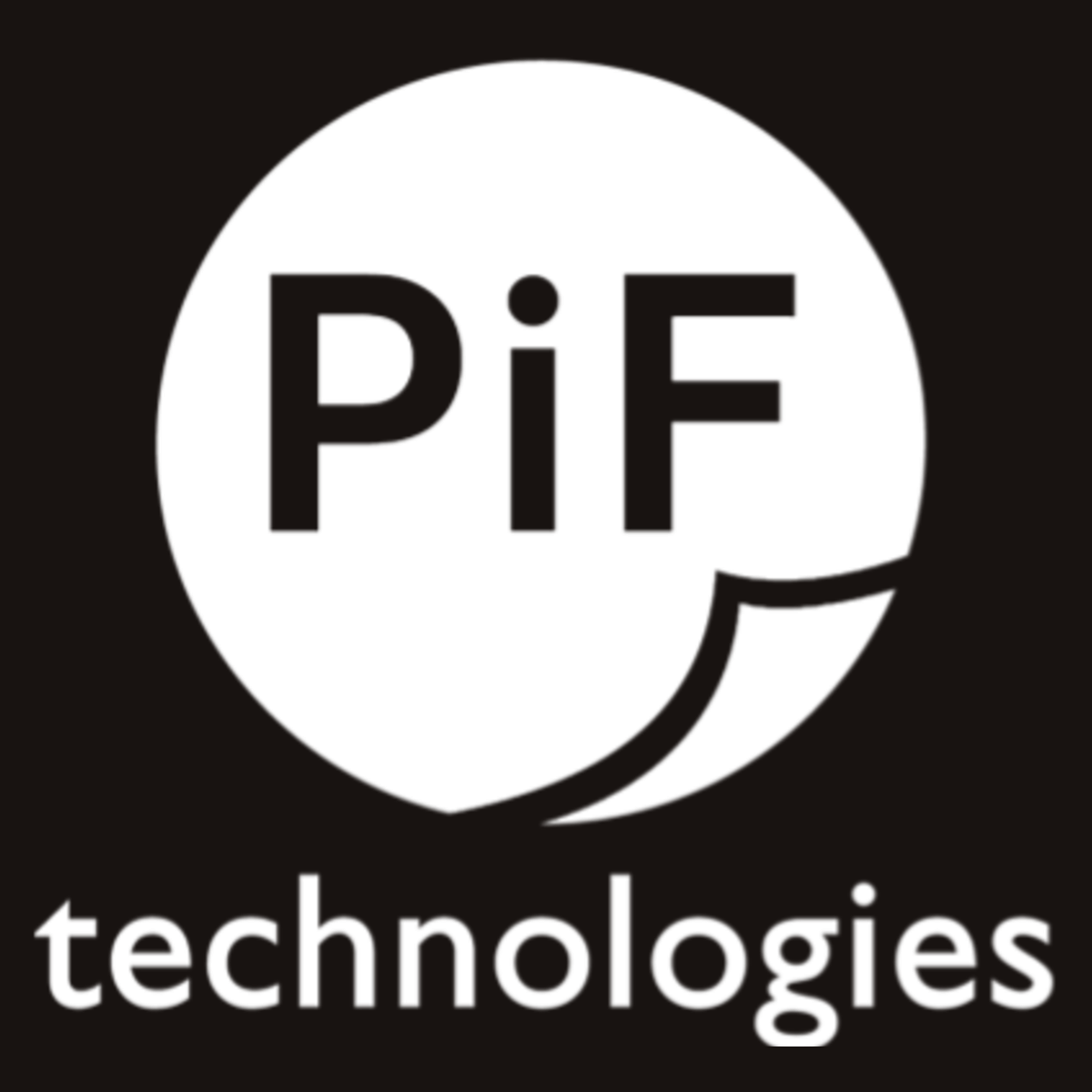With another year of the “new normal” coming to a close, businesses are cautiously optimistic about what’s next. Many organization’s have settled into a rhythm and beyond simply surviving, they’ve found ways to thrive in uncommon circumstances.
While it seems challenging to plan for an uncertain future, many organizational leaders understand the value of investing in their business, team, and technology in order to find success despite extenuating circumstances.
PiF Technologies is no stranger to enacting large-scale organizational change for our clients, our 25 years of experience have given us the opportunity to see just about every business challenge imaginable. From that experience, we know how to help businesses grow and succeed by implementing progressive technology and automating their processes.
Our experience coupled with global trends for organizations means that investments you make now can lead your business to be successful in the future.
Hybrid is the New Remote
The office of today and the future will be more focused on decisions made collaboratively between employees and executives rather than blanket organization-wide policy. More and more workplaces are allowing employees to decide where and when they work, making the traditional 9-to-5 in-office schedule less common for many roles.
While this shift is a big win for workers seeking work-life balance and employers wanting to create a strong office culture, it is not without challenges. Businesses looking to shift to a hybrid model are faced with unique opportunities to support employees working across multiple locations at all hours.
While many suggest investing in communication platforms, video conferencing software, and controversial employee monitoring tools, these often are a bandaid on a much larger process productivity problem. In addition to basic communication tools, businesses want to invest in products that create a collaborative, streamlined working environment and can enact real change internally.
What tools and process changes can you invest in next year?
Just about every organization, regardless of industry, has paper documents that are necessary to complete key tasks. Unfortunately, these piles of paper can quickly fill up filing cabinets and closets, making them virtually inaccessible to in-office employees, and entirely impossible to retrieve for remote employees. By storing files in a way that makes employees unable to find and view them, you put your business at risk for slowing down or completely halting key operations.
Enterprise Document Management (EDM) eliminates those issues both inside the office and remotely by securely hosting and organizing all your documents in one place. Employees can quickly retrieve the file and continue working without hiccups. To best support employees regardless of the platform they’re using, our EDM solution is built for the web and made to support all popular browsers, meaning they can access key documents anywhere, anytime, on any device.
It’s designed to be user friendly, meaning your employees will be able to utilize the system without spending extensive time in training, which is ideal for those who work far from your central office. Enterprise Document Management is made to be versatile and is designed to work with multiple locations, departments, and devices. Even with its versatility across your organization, it’s extremely secure, allowing for version control and user-based access to ensure that a document doesn’t get into the wrong hands.
Our solution is much more robust than free file-sharing programs, it has full imaging features (scan, separation, OCR), a comprehensive audit trail to track changes, allows for annotations to make updates to the document, retention scheduling to ensure best case evidence, and document lifecycle and web viewer control to view all common document formats without needing the native application. All these features promote active communication across departments, offices, and employees.

Your organization likely has dozens of forms required in order to complete basic day-to-day tasks. Processes such as hiring, onboarding, sales and work orders, safety and service checklists, and more rely on forms to complete them. By using traditional paper forms you’re doing a massive disservice to your remote employees who either have to mail, scan, or email them back to someone who then has to manually re-enter the data into whatever system you’re utilizing. A paper-intensive form process leads to a loss of data, efficiency, and profitability. Fillable PDFs help alleviate some of these issues, but they’re clunky to use and are still error-prone, plus employees still need to manually enter in data.
Much like Document Management, Electronic Forms easily integrate with your ERP or other business software, meaning that an employee can complete a form and the data can immediately go exactly where it needs to.
This can be especially successful in hiring and onboarding remote employees. As part of the process, prospective employees typically need to complete an application and background check form, then once they’re hired they need to complete forms for federal and state income tax, benefits enrollment, the employee handbook, and others. Rather than sending each form separately and hoping that it’s completed correctly, your human resources team can send a link to the application and background check forms, and once they’re hired, send a link to additional onboarding forms, prefilled with the information they put in on the initial application.
Electronic Forms are particularly compatible with employees who do the majority of their work on the road. A perfect example is if an employee is meeting a customer and needs to update their sales order, they can easily pull up the sales order form on their smartphone or tablet, complete the required fields, and have the customer approve and sign the sales order. The form immediately sends the data to your ERP and can streamline the ordering process significantly, saving time for employees and making for happier customers.
Accounts Payable used to be a paper-intensive process that could only be completed in-office. Using manual methods, the average invoice takes two weeks to process and requires approval from two to five people before it is fully processed. For remote employees, this could mean sending countless faxes and emails back and forth trying to get approval, and if a document needs to be sent from one office to another, it delays the process even more.
Implementing an Accounts Payable automation solution means that employees gain access to crucial documents as needed, and no longer need to manually enter and re-enter data, something that can prove to be a frustrating task if employees have limited desk space or a single monitor. Beyond that, your organization can eliminate late payment fees and take advantage of more early payment discounts.
Through AP Automation you can easily streamline your organization’s manual processes and significantly reduce invoice processing time and costs. The best part is you can take advantage of these benefits while supporting your remote employees, without needing to send documents back and forth for review or approval.
Meet your New Robot Co-Workers
When discussing automation, most people have the incorrect assumption that robots will replace human work, but quite the opposite is the case. The World Economic Forum predicts that Artificial Intelligence (AI) and Robotic Process Automation (RPA) will lead to the creation of 97 million new jobs by 2025. Automation won’t replace the need for human involvement in the workplace but instead will eliminate common repeatable tasks that are typically done by employees.
This means that the roles of employees will change and require strategy, creativity, emotional intelligence, and other soft-skills that can’t be done by bots. Contrary to the old belief that robots and automation is done by physical machines or complicated software programs, implementing bot-centered automation is not a difficult task, and the benefits far outweigh the initial investment.
So, what exactly is RPA?
In technical terms, Robotic Process Automation is the technology that allows anyone in an organization to utilize a software robot (aka “robot” or “bot”) to replicate the actions of a person using digital business process software. RPA robots utilize the user interface to capture data and manipulate applications just like humans do. They interpret information, trigger responses, and communicate with other systems in order to perform a vast variety of repetitive, sometimes mundane tasks. The benefit of RPA is that it can complete these tasks without ever making a mistake or taking a sick day. And because these repetitive tasks are completed by a bot instead of an employee, your team can focus on activities that are more fulfilling and better suited to their skill sets and the needs of your organization.
Tasks Become a Thing of the Past
People don’t like busy work, and in order to retain and attract employees organizations need to create an environment that eliminates useless tasks.
Hand in hand with the advent of automation, time-sucking menial tasks will quickly become extinct within the workplace. Robotic Process Automation is designed to automate common repeatable processes that in the past have been done by human labor.
This allows those same employees to focus on other work that’s more fulfilling to them and more valuable to the organization.
What tasks can be automated?
- Logging into applications
- Moving files and folders
- Reading and writing to databases
- Connecting to system APIs
- Copying and pasting data
- Extracting and processing structured and partially structured content from files
- Opening emails and attachments
- Scraping data from the web
- Making calculations
Ready to make 2022 your best year yet?
We have the expertise and the team ready to make your project a success. By investing in automation now, you can facilitate success for your future. Right now is the perfect time to implement a solution, and we’re here to answer any questions you may have.
Schedule a demonstration with us and we can show exactly how automation can transform your business!








